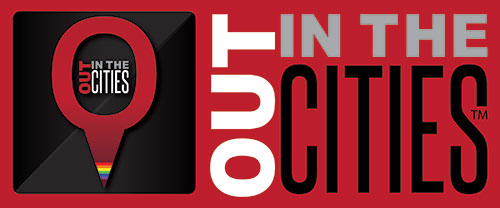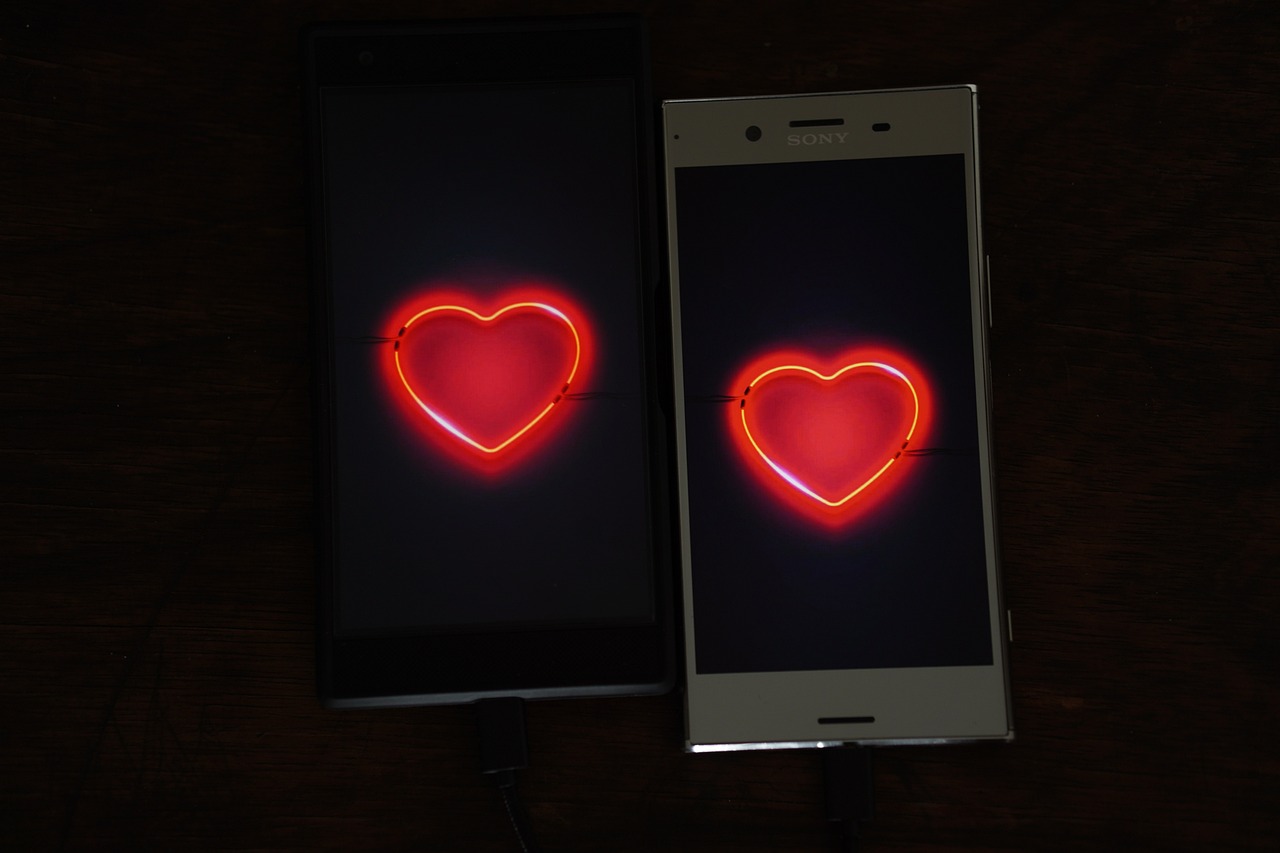In today’s digital age, dating apps have become a significant part of how LGBTQ individuals meet and connect with potential partners. These platforms have evolved dramatically over the years, reshaping the dating landscape for the LGBTQ community. In this blog, we’ll take a journey through the history of LGBTQ dating apps, from their humble beginnings to the vibrant and diverse landscape we have today.
Early Days of LGBTQ Dating Apps
In the early 2000s, LGBTQ dating apps were virtually non-existent. LGBTQ individuals primarily relied on traditional dating websites and offline methods to meet potential partners. While there were online forums and chat rooms, dedicated apps for LGBTQ dating were limited.
The Emergence of Grindr
In 2009, Grindr revolutionized the LGBTQ dating scene by becoming one of the first dating apps specifically designed for gay and bisexual men. Grindr’s location-based technology made it easier to find nearby matches, and its success paved the way for future LGBTQ-focused apps.
The Rise of Inclusivity
As dating apps gained popularity, more LGBTQ-focused platforms emerged to cater to a wider range of identities. Apps like Her, designed for queer women, and Scruff, serving the bear and leather communities, offered inclusivity and representation for diverse LGBTQ groups.
Mainstream Recognition
In recent years, several LGBTQ dating apps have gained mainstream recognition and acceptance. Tinder, while not exclusively LGBTQ, introduced more gender options and inclusive features. OkCupid implemented LGBTQ-inclusive features, such as pronoun choices, to make the app more welcoming.
The Importance of Safety
LGBTQ dating apps have also prioritized safety features, including reporting mechanisms and verification processes to protect users from harassment and discrimination. These platforms have played a crucial role in creating safer spaces for LGBTQ individuals to connect.
Today’s LGBTQ Dating App Landscape
Today, LGBTQ dating apps offer a wide array of options to cater to different identities, preferences, and relationship goals. Whether you’re looking for long-term commitment, casual encounters, or friendships, there’s an app for you. The LGBTQ dating app landscape has expanded to include:
– Grindr: Serving gay and bisexual men.
– Her: Catering to queer women.
– Scruff: Focused on the bear and leather communities.
– Tinder and OkCupid: Mainstream apps with LGBTQ-inclusive features.
– Chappy: Geared towards gay men seeking meaningful connections.
The Future of LGBTQ Dating Apps
As technology continues to evolve, LGBTQ dating apps are likely to follow suit. We can expect more advanced features, enhanced safety measures, and even more inclusivity. The LGBTQ community’s ongoing advocacy for representation and equal treatment will influence the direction these apps take in the future.
The evolution of LGBTQ dating apps reflects the progress and acceptance of the LGBTQ community. These apps have transformed the dating experience, providing a platform for LGBTQ individuals to find love, connection, and community. They have also played a role in breaking down barriers and advocating for LGBTQ rights and recognition.



